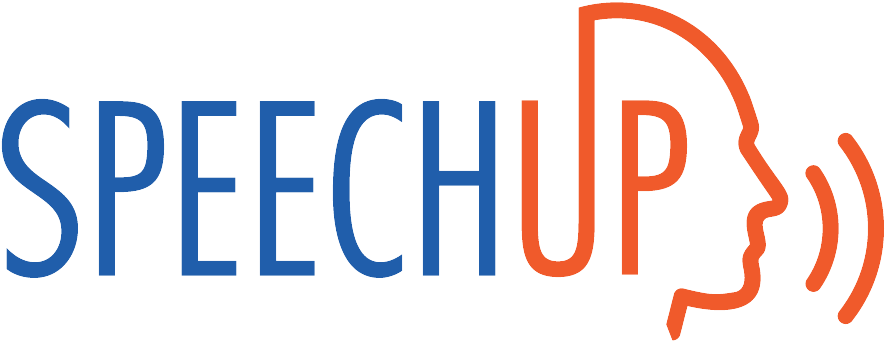ONLINE SPEECH THERAPY
Voice Disorder Speech Therapy
Convenient & Effective Speech Therapy


VOICE DISORDERS
What are voice disorders?
A voice disorder refers to any condition that affects the quality, pitch, or volume of your voice. This can range from issues with no clear cause to problems resulting from trauma, like surgery or cancer treatments. It might also be caused by abnormalities in the vocal folds, such as nodules or polyps.
Voice disorders are generally classified into two types:
Functional Disorders: These include conditions like muscle tension dysphonia and vocal fatigue. Sometimes, the exact cause of these disorders is unclear, or they might result from improper use of the vocal folds.
Organic Disorders: These have a clear physiological cause, such as vocal nodules, polyps, or cancer.
Treatment options vary depending on the disorder and its cause. Some people may benefit from speech therapy, while others might need surgical intervention to improve their voice.
VOICE DISORDER SYMPTOMS
How do I know if I need voice therapy?
To find out if you need voice therapy, it’s best to consult with a medical professional like a physician or a speech-language pathologist. Here are some signs that voice therapy might be necessary:
Chronic Hoarseness: If you’re hoarse for several hours a day without a clear reason, it could be a sign of a voice disorder that needs attention.
Wet Vocal Quality: A persistently wet or gurgly voice might also suggest a voice disorder.
Difficulty Breathing While Speaking: This could indicate Vocal Cord Dysfunction (VCD). Normally, your vocal cords open and close rapidly to allow sound and air through. With VCD, the vocal cords close at the wrong times, making it hard to breathe while speaking.
A speech-language professional or voice therapist can assess your voice in detail, looking at aspects like quality, pitch, and any discomfort. They’ll help you understand your voice health and determine if voice therapy is right for you. Consulting a specialist ensures you get personalized advice for your voice concerns.
VOICE THERAPY
What are the goals of voice therapy?
Voice therapy aims to enhance aspects like quality, pitch, and loudness of speech, but the specific goals can vary greatly depending on the individual’s condition. For someone who has had a laryngectomy (surgical removal of the larynx), therapy may not focus on improving the voice itself but rather on exploring alternative communication methods, such as using an electrolarynx.
In contrast, an individual with vocal nodules or who is recovering from their removal might focus on refining their vocal quality. The goal here is often to build confidence in their new voice, rather than trying to return to their previous voice.
VOICE DISORDER DIAGNOSIS
What should you expect from a voice therapy evaluation?
A voice evaluation can vary for each person because speech-language pathologists customize their approach based on individual needs and concerns. Typically, they start by examining the vocal folds to rule out any physical issues that might need different treatments, like surgery.
They might also ask about how you feel about your voice and how it affects your daily life. If the initial examination shows no physical problems, they may then have you complete some vocal tests, such as:
- Reading aloud
- Performing vocal pitch glides
- Producing an s/z ratio
Based on the results, they will suggest whether you need speech therapy or another form of treatment—or if no treatment is necessary.
VOICE DISORDER TREATMENT
What are voice therapy techniques?
Voice therapy is personalized to meet each person’s unique needs and often combines various techniques to achieve the best results. Depending on the type and cause of the voice disorder, therapy may include:
- Vocal Fold Exercises: Such as pitch glides, to improve voice control.
- Vocal Relaxation: Techniques like stretching, massage, and relaxation to ease vocal tension and stress.
- Pitch and Intonation Training: Exercises to help achieve a more balanced and natural-sounding voice.
- Breathing Exercises: Techniques like weighted breathing to enhance breath patterns, which can help with vocal control and reduce strain.
- Habit Changes: Suggestions for better hydration, vocal hygiene, and avoiding harmful habits like smoking or excessive alcohol consumption.
- Emotional Support: Discussing how the voice disorder affects daily life and emotions.
These are just a few examples of the many techniques that can be used in voice therapy to help manage and treat voice disorders.

